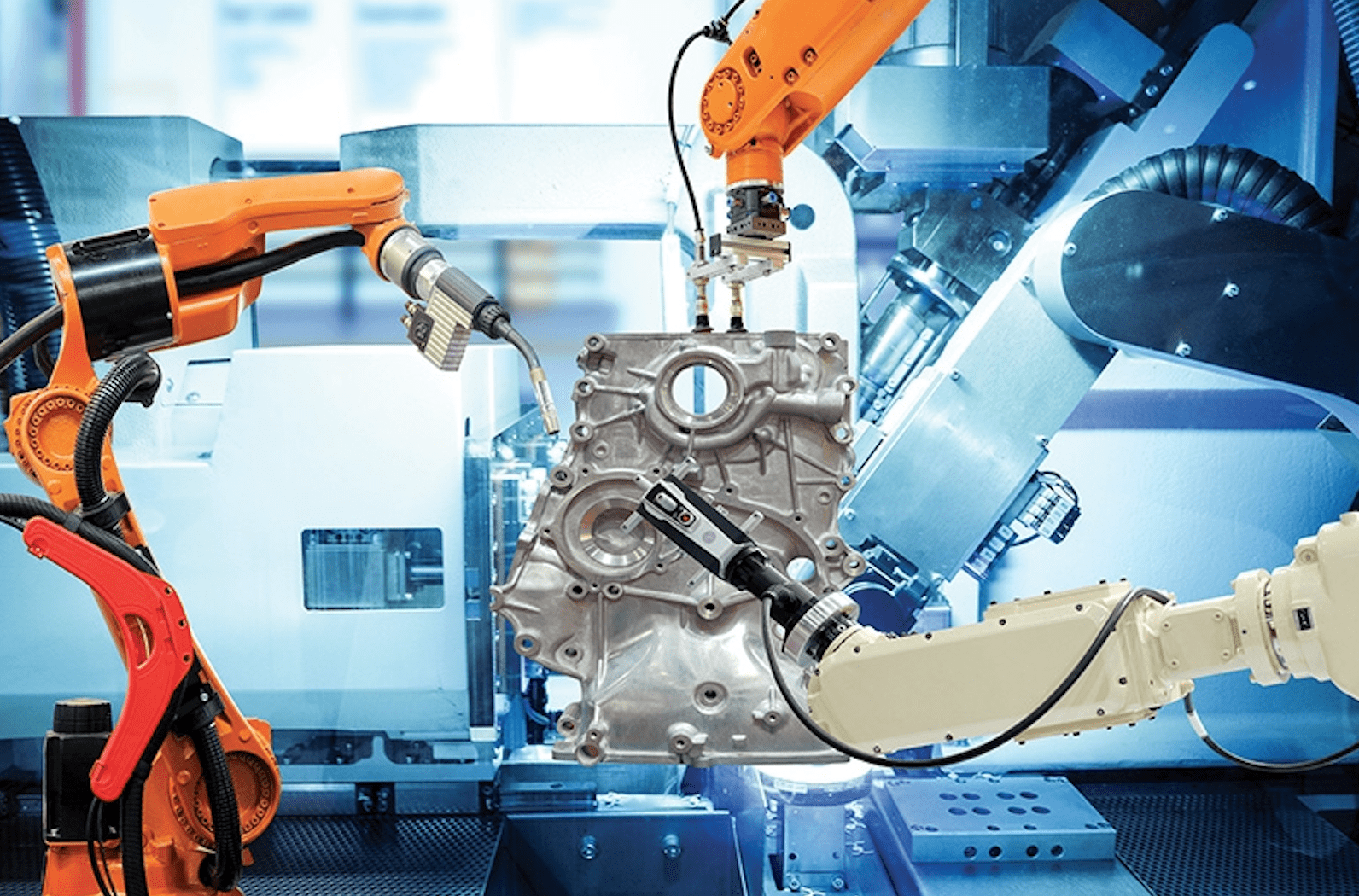Much has been made of the apparent decline in manufacturing employment in 2019. Though the trend comes after two years of strong gains in manufacturing employment, it’s of serious concern to economists and politicians — the former because it may preface a broader economic downturn, and the latter because the manufacturing sector is a major employer in key states.
Whatever the implications of the near-term decline in manufacturing employment, pessimistic views of the industry obscure a remarkable success story that continues unabated to the present. It’s a success story that’s likely to continue well into the future, through the present economic cycle and beyond.
How does this story go? The Cliffs Notes version is simple: The manufacturing sector is undergoing a renaissance the likes of which we haven’t seen since the dawn of the assembly line.
The details are interesting too. As is often the case, the story becomes a bit more complicated — though no less compelling — as you drill down.
With that, let’s dive into the (slightly) longer version of the story of the present manufacturing renaissance and explore why this rebirth isn’t likely to end anytime soon.
Dynamic Young Leaders Are Reinventing What It Means to Make Things
When you hear the phrase, “manufacturing executive,” what’s the first image that pops into your head?
Come on, don’t be shy. You see an older, distinguished-looking gentleman with white hair, a double-breasted suit, and perhaps a monocle or top hat (hopefully not).
This image is less accurate by the year. Today, the world’s most dynamic small and midsize manufacturers are just as likely to be led by young, iconoclastic leaders like Majestic Steel USA president and CEO Todd Leebow — a new-school industrialist who’s devoted his tenure to reimagining what it means to build things in America.
The watch is changing, and that’s great news for the future of American industry.
It’s Not Your Grandfather’s Assembly Line
It’s not exactly news that the labor-intensive assembly processes of yore have fallen by the wayside. It’s not your grandfather’s assembly line, sure, but it really hasn’t been since your dad’s day.
What is news is the extent to which skills-based manufacturing is now the norm. Automation isn’t only eliminating jobs; it’s also creating new, better-compensated opportunities for workers with sought-after credentials (often obtained in two-year college programs). For workers willing to, well, work for their next promotion, this is a welcome development indeed.
Relentless Innovation Is Producing New Materials and New Applications
Manufacturing today is more flexible, dynamic, innovative than at any time in the recent past. One contributing factor is an accelerating pace of technological change — one that, while not affecting all manufacturing niches equally, is making its mark across the sector. Flat-rolled steel has far more market applications today than two generations ago; the story is much the same for other materials.
Major Incumbents Are Reinvesting in America
After years of offshoring and retrenchment, it’s heartening to see major manufacturers reinvesting in America. Some of the world’s biggest automakers are adding plant capacity in the United States’ industrial heartland — places like Michigan, Ohio, and Pennsylvania.
Meanwhile, technology firms that once decried America as too expensive or laden with red tape to support mass manufacturing are giving in and shelling out, building plants in places as disparate as Wisconsin, Texas, and California. Their facilities are emerging as economic anchors for their communities, bringing hope to places that haven’t had much lately.
New Industries Are Arising Out of Whole Cloth
Manufacturing is an expansive sector. The sum total of its innovative potential certainly includes entrepreneurs like Leebow, who’ve successfully remade enterprises in mature industries. But it also includes much newer niches, like large-scale energy storage and commercial spaceflight. Yesterday, it was the internal combustion engine; today, it’s the lithium-ion battery. Tomorrow — who knows?
It’s a New Day for American Manufacturing
It’s easy enough to say that American manufacturing is waking up to a bright new day — that it’s morning in the manufacturing industry, to turn a phrase. But that take isn’t quite right. If the present manufacturing renaissance is analogous to a single day in the life of the industry, the sun has been up for quite some time. Whether it’s still morning, or high noon, or sometime later in the afternoon is a matter for debate.
Whatever the clock says, one thing remains clear: There’s boundless opportunity for skilled workers eager to make it in manufacturing, and for employers willing to take a chance on them.


